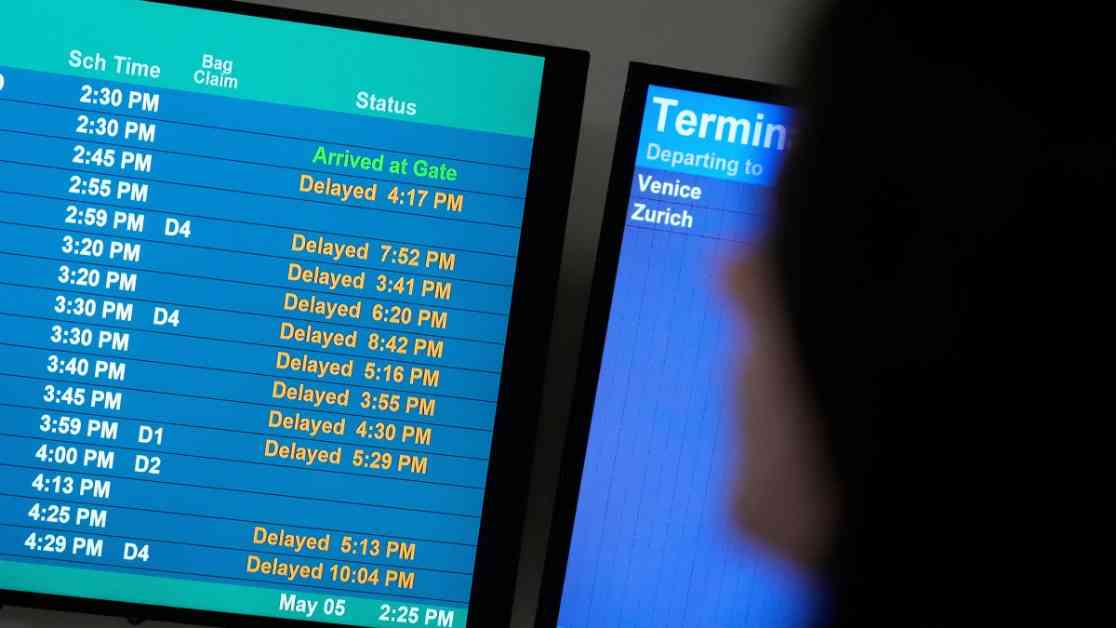New Jersey’s biggest airport, Newark Liberty International Airport, has been dealing with flight restrictions since last month when air traffic controllers had a momentary loss of radar and radios. The Federal Aviation Administration (FAA) recently declared that these restrictions will continue until June. The regulations currently limit arrivals and departures to 28 per hour each, which was put in place after several controllers took a 45-day break due to the initial outage on April 28.
In mid-June, there is a possibility that the restrictions may ease up as a construction project on the runway nears completion, and the absent controllers return to work. The FAA is considering increasing the limit to 34 arrivals and departures per hour, getting closer to the pre-existing rate of 38 or 39 flights hourly. The FAA has been working on implementing solutions like software updates and new fiber optic lines to address the technical issues that led to the radar and communication problems. However, a more permanent fix involving the construction of a new radar system at the Philadelphia facility may take months to complete.
Acting FAA Administrator Chris Rocheleau stated, “Our goal is to relieve the substantial inconvenience to the traveling public from excessive flight delays due to construction, staffing challenges, and recent equipment issues, which magnify as they spread through the National Airspace System.” Airlines operating out of Newark will likely have to adjust their schedules to align with the current restrictions. This adjustment may result in fewer cancellations, as operations at the airport have been running more smoothly with reduced cancellations and delays. The recent technical issues with the radar and communication systems in Philadelphia have highlighted the need for a nationwide overhaul of the air traffic control system.
The nationwide shortage of air traffic controllers has prompted discussions between the FAA and airlines about temporarily reducing the number of flights in and out of Newark Airport. A school in Queens has stepped up efforts to train more air traffic controllers locally to address the staffing challenges. Despite some improvements in the radar system’s resilience to disruptions, challenges persist, such as the failure of old copper wires that affected the radar signal transmission. The recent outages have underscored the vulnerability of the aging infrastructure, emphasizing the urgency of modernizing the air traffic control system nationwide.
Transportation Secretary Sean Duffy recently proposed a multibillion-dollar plan to upgrade the nation’s aging air traffic control system. While the House has tentatively allocated $12.5 billion for the initiative in the current bill, officials consider this amount only a fraction of what is needed for the comprehensive plan. The ongoing issues at Newark Airport serve as a wakeup call for the aviation industry to prioritize investments in infrastructure and technology to ensure the safety and efficiency of air travel for passengers and airlines alike.












